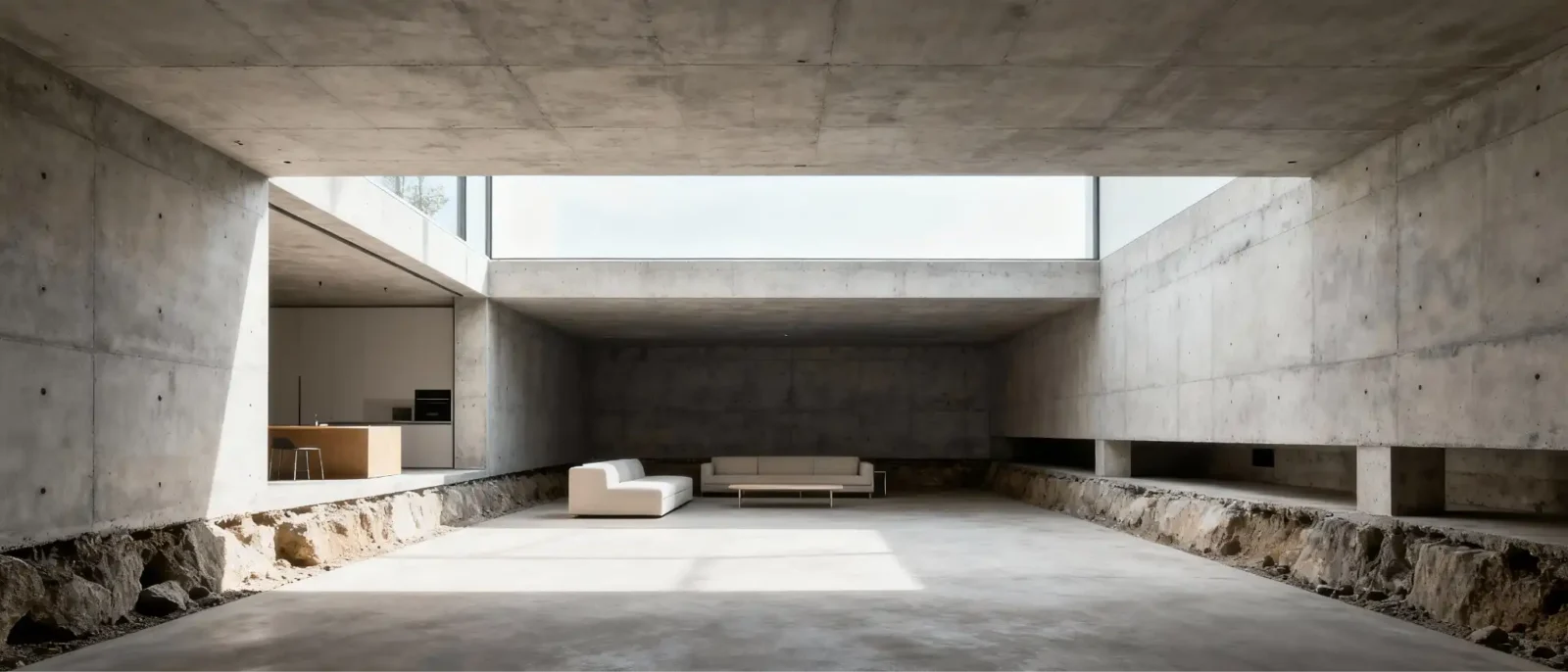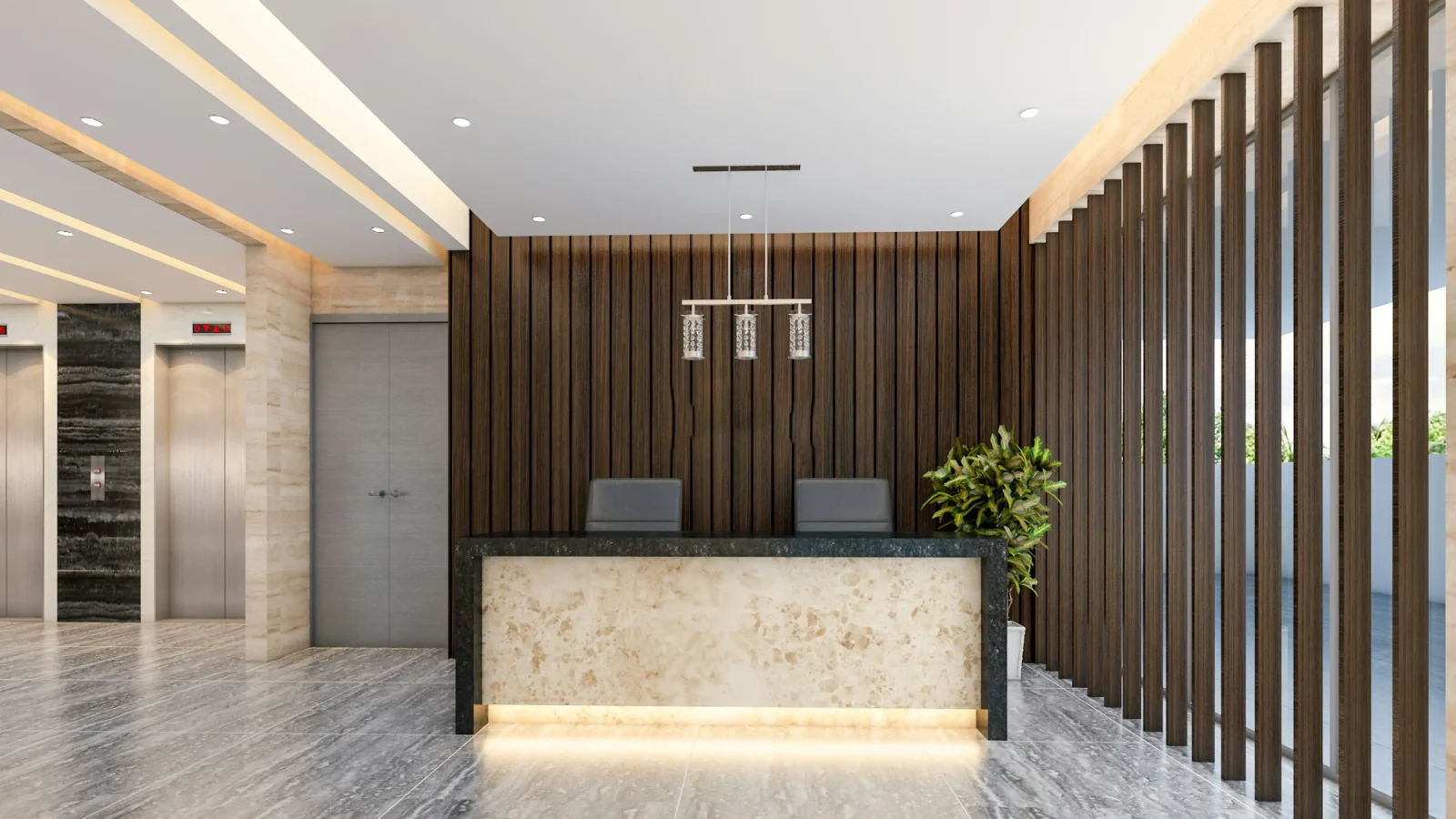- Home
- Articles
- Architectural Portfolio
- Architectral Presentation
- Inspirational Stories
- Architecture News
- Visualization
- BIM Industry
- Facade Design
- Parametric Design
- Career
- Landscape Architecture
- Construction
- Artificial Intelligence
- Sketching
- Design Softwares
- Diagrams
- Writing
- Architectural Tips
- Sustainability
- Courses
- Concept
- Technology
- History & Heritage
- Future of Architecture
- Guides & How-To
- Projects
- Interior Design
- Competitions
- Jobs
- Store
- Tools
- More
- Home
- Articles
- Architectural Portfolio
- Architectral Presentation
- Inspirational Stories
- Architecture News
- Visualization
- BIM Industry
- Facade Design
- Parametric Design
- Career
- Landscape Architecture
- Construction
- Artificial Intelligence
- Sketching
- Design Softwares
- Diagrams
- Writing
- Architectural Tips
- Sustainability
- Courses
- Concept
- Technology
- History & Heritage
- Future of Architecture
- Guides & How-To
- Projects
- Interior Design
- Competitions
- Jobs
- Store
- Tools
- More
What the Future Holds for Architects: Embracing Innovation and Sustainability
Discover how architects are poised to navigate a transformative future influenced by technology and societal shifts. This article delves into sustainability, AI integration, and innovative design practices, while emphasizing the importance of collaboration and community engagement.

As we look ahead, the architectural landscape is on the brink of transformation. With rapid advancements in technology and shifting societal needs, architects face both exciting opportunities and daunting challenges. From sustainable design practices to the integration of artificial intelligence, the future promises to reshape how we envision and create our built environment.
We’re entering an era where collaboration and innovation will define our profession. Embracing new tools and methodologies will not only enhance our designs but also redefine our role in addressing global issues like climate change and urbanization. As we navigate this evolving landscape, understanding what lies ahead is crucial for architects ready to lead the charge into a sustainable and dynamic future.

Table of Contents
ToggleWhat The Future Holds For Architects
Architects face a future rich with transformation shaped by technology and evolving societal needs. We anticipate significant changes in sustainable design, pushing the boundaries of how we approach building and environmental responsibility.

- Sustainable Practices
Sustainability becomes integral to our designs. Adopting eco-friendly materials, energy-efficient systems, and green roofs minimizes environmental impact and meets client demands for responsible architecture. Continued innovation will drive new solutions, such as circular design practices that focus on waste reduction.
- Artificial Intelligence Integration
Artificial intelligence enhances our workflow. AI tools streamline design processes, optimize resource allocation, and analyze data to improve project outcomes. Utilizing generative design and machine learning can yield innovative building solutions, enabling us to create structures that respond dynamically to user needs.
- Virtual and Augmented Reality
Virtual and augmented reality technologies revolutionize how we present ideas to clients. By offering immersive experiences, we can convey design concepts more effectively. This engagement fosters collaboration and feedback, ultimately refining our designs before construction begins.
- Remote Collaboration
Remote work reshapes our collaborative efforts. Utilizing cloud-based platforms allows us to work with teams across the globe, fostering inclusiveness and a diversity of ideas. This shift enables us to combine expertise from various disciplines, enhancing our project designs.
- Urbanization Solutions
As urbanization accelerates, architects will play a critical role in creating livable cities. We focus on designing adaptable spaces that cater to growing populations while prioritizing accessibility and community needs. Integrating mixed-use developments promotes vibrancy and sustainability in urban environments.
- Emphasis on Health and Wellbeing
Health and wellbeing will remain pivotal in our architectural practices. We prioritize designing spaces that enhance physical and mental health, incorporating natural light, green spaces, and thoughtful layouts. Such designs can promote wellness in residential, commercial, and public buildings.
- Smart Technologies
Smart technologies reshape building functionality. We will implement Internet of Things (IoT) systems to create efficient, responsive environments that anticipate user needs. These technologies enhance security, energy management, and overall user experience, aligning with modern expectations.
By embracing these trends, we position ourselves at the forefront of architectural innovation, ready to tackle the challenges and opportunities that lie ahead.
Emerging Technologies
Emerging technologies are reshaping the architectural landscape. As we navigate these advancements, understanding their implications becomes crucial for future success.

Artificial Intelligence Integration
Artificial intelligence (AI) offers architects powerful tools for enhancing design efficiency. AI algorithms analyze vast datasets, generating insights that lead to informed design decisions. Machine learning can optimize building layouts based on user behavior, improving functionality. Generative design software allows us to explore a wide range of design options quickly, providing innovative solutions tailored to project requirements. By automating repetitive tasks, AI frees up our time, enabling us to focus on creativity and strategic thinking.
Sustainable Design Innovations
Sustainable design innovations are transforming our approach to architecture. We prioritize eco-friendly materials, reducing environmental impact while enhancing building efficiency. Innovative building systems, such as solar panels and green roofs, contribute to energy savings and promote biodiversity. Life cycle assessment tools enable us to evaluate the environmental impact of materials and designs throughout their lifespan. Integration of smart technologies, like energy management systems, allows buildings to adapt to their occupancy patterns, further optimizing energy use. Emphasizing sustainable practices ensures we create spaces that meet current and future needs while addressing ecological concerns.
Evolving Roles in Architecture
The role of architects is evolving, influenced by technological advancements and changing societal expectations. Architects must adapt by embracing collaboration and community involvement to enhance design outcomes.

Collaboration with Other Disciplines
Collaboration with engineers, urban planners, and environmental scientists is fundamental to our evolving role. We engage with various professionals to create integrated solutions that address complex design challenges. Interdisciplinary teams foster innovation, allowing us to merge insights from different fields, resulting in efficient and sustainable designs. Effective communication tools enable real-time collaboration, bridging gaps across disciplines. Successful projects often derive from shared expertise, aligning objectives to meet the multifaceted demands of contemporary architecture.
Emphasis on Community Engagement
Community engagement shapes our approach to design. We prioritize feedback from stakeholders, ensuring that designs reflect the needs and aspirations of the community. Engaging with residents and local organizations informs our understanding of cultural contexts, creating spaces that promote social interaction and inclusivity. Utilizing public forums, surveys, and workshops allows meaningful dialogue, enhancing project relevance. By placing community voices at the forefront, we develop designs that not only meet functional requirements but also foster a sense of belonging and pride among users.
Education and Skills Development
Architects must continuously evolve their education and skills to meet the demands of a transforming industry. Embracing innovative learning approaches ensures we remain competitive and effective in our designs.

Adapting Architectural Education
Architectural education must integrate new technologies and methodologies relevant to contemporary practice. We emphasize the adoption of digital tools, such as Building Information Modeling (BIM) and generative design software, as core components in our curricula. Programs should focus on sustainability, teaching students to use eco-friendly materials and energy-efficient practices effectively. Industry partnerships provide students with hands-on experience, allowing for real-world applications of learned concepts. Furthermore, incorporating interdisciplinary courses encourages collaboration with fields such as urban planning and environmental science, fostering a holistic understanding of design challenges.
Lifelong Learning and Professional Growth
Lifelong learning is crucial for our growth in the architectural profession. We engage in workshops, online courses, and industry conferences to stay updated on emerging trends and technologies. Specialization in areas such as sustainable design, smart building technologies, or urban development enriches our expertise. Professional certifications enhance our credentials and signal our commitment to excellence in practice. Networking within professional organizations facilitates knowledge exchange and collaboration opportunities, allowing us to learn from our peers and industry leaders. By prioritizing ongoing education, we reinforce our ability to innovate and adapt in a rapidly changing landscape.
Global Challenges and Opportunities
Architects face significant challenges and opportunities stemming from global issues, particularly climate change and urbanization. Understanding these factors is vital for driving innovation and ensuring sustainable practices in our designs.

Climate Change Impact
Climate change poses urgent challenges for architects, necessitating a shift towards sustainable practices. Architects can implement strategies such as passive solar design, which maximizes natural light and reduces energy consumption. Green building certifications, like LEED and BREEAM, encourage the use of eco-friendly materials and efficient energy systems. We can utilize advanced technologies, such as energy modeling software, to analyze a building’s energy use and carbon footprint pre-construction. By prioritizing resilience in design, we create structures that withstand extreme weather events and support long-term sustainability. Architects embracing these strategies can effectively address the climate crisis while enhancing community wellbeing.
Urbanization Trends
Urbanization trends are reshaping the architectural landscape, demanding innovative solutions for densely populated areas. We see cities expanding rapidly, leading to higher demands for housing, infrastructure, and public spaces. Architects can develop mixed-use developments that combine residential, commercial, and recreational spaces, fostering community interaction. Design principles that emphasize walkability and accessibility improve quality of life, while thoughtful urban design mitigates the strain on resources. Collaboration with urban planners enables us to create master plans that prioritize green spaces and transportation networks. Through adaptive reuse projects, architects can transform existing structures into functional spaces, reducing environmental impact and preserving cultural heritage. Engaging with community stakeholders ensures that our designs align with local needs and aspirations, creating vibrant, inclusive urban environments.
Conclusion
Architects face a transformative future shaped by technology and societal demands. Emphasizing sustainability in design will become critical, with eco-friendly materials and energy-efficient systems leading the way. Integrating artificial intelligence enhances workflows and drives innovative building solutions. AI algorithms analyze datasets, machine learning optimizes layouts, and generative design software accelerates exploration of options.
Virtual and augmented reality technologies advance client presentations, enabling improved collaboration and feedback. Cloud-based platforms facilitate remote teamwork, allowing diverse input that refines project designs. Architects must also address urbanization, creating adaptable spaces that meet community needs and promote inclusivity.
Sustainable innovations, such as solar panels and green roofs, redefine architectural approaches. Life cycle assessment tools evaluate environmental impacts, while smart technologies like energy management systems enhance efficiency. Teaming with engineers, urban planners, and environmental scientists fosters integrated solutions for design challenges.
Community engagement remains essential, ensuring projects reflect local aspirations. Prioritizing stakeholder feedback leads to designs that encourage social interaction and a sense of belonging. Education and skills development are vital for architects to stay competitive. Architectural programs must incorporate new technologies, digital tools, and ongoing learning through workshops and industry events.
Addressing climate change and urbanization will drive architects to implement strategies like passive solar design and pursue green building certifications. Mixed-use developments and adaptive reuse projects can revitalize urban environments, reducing impact while preserving heritage. Embracing these trends positions architects as leaders in creating a sustainable and dynamic future.
- AI in Architecture
- architectural design evolution
- Architectural Innovation
- architecture and sustainability
- architecture and technology
- architecture career outlook
- architecture trends 2025
- digital transformation in architecture
- eco-friendly building practices
- emerging architectural trends
- Future of Architecture
- future-ready architects
- green design
- Innovative Architecture
- net-zero buildings
- renewable energy in architecture
- resilient architecture
- Smart Buildings
- sustainable architecture
- sustainable building materials
- sustainable design trends
Submit your architectural projects
Follow these steps for submission your project. Submission FormLatest Posts
The Vertical Revolution: How Basement Underpinning Creates Architectural Gold from Forgotten Spaces
Think about the last time you walked into a room with soaring...
Best Tools for Tracking Construction Labor Hours
Quick View of the Products Listed Best Overall: Workyard – Complete construction...
More Than a Gate: Designing a Secure and Stylish Home Entryway
A property’s entrance tells a story before a single guest steps inside....
Employer Liability and Smartphones: When Work Texts Cause Crashes
In today’s connected world, it’s nearly impossible to separate work from daily...












Leave a comment